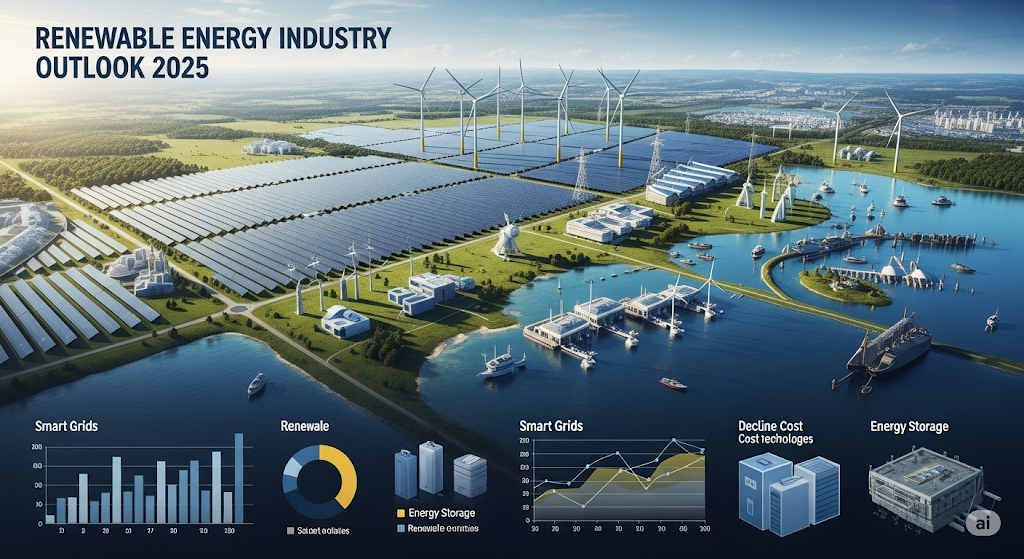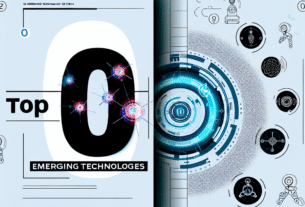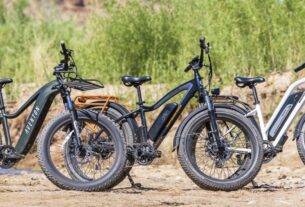As we move into 2025, the renewable energy industry continues to serve as a beacon for innovation, sustainability, and economic transformation. According to the latest insights from Deloitte, the sector is poised for tremendous evolution over the next year, fueled by a combination of policy initiatives, technological advancement, and growing investment. This blog post dives deep into emerging trends, strategic forecasts, and what stakeholders can expect from the renewable energy landscape in 2025.
Shaping the Future with Federal Incentives and Policy Support
In 2025, national and global policies will remain major influencers driving renewable energy development. The U.S. Inflation Reduction Act (IRA) continues to have a transformative impact, stimulating investment and encouraging project pipelines across wind, solar, and energy storage sectors.
- Tax credits and subsidies: New and expanded tax credits are increasing affordability and ROI for renewable project developers.
- Grid modernization incentives: Federal funding is now supporting updates to an aging grid infrastructure to accommodate clean energy.
- Permitting reforms: Streamlined environmental reviews and permitting are removing some of the red tape traditionally associated with clean infrastructure projects.
The continued policy momentum is likely to spur both domestic and foreign investments in renewable assets, making 2025 a pivotal year for scaling operations.
Energy Storage and Grid Resilience Come Into Focus
One of the biggest transformations anticipated in 2025 is a significant shift in energy storage deployment. As intermittent renewable sources such as wind and solar continue to expand, energy storage solutions are no longer optional — they are essential.
- Battery storage capacity is set to double in many U.S. regions, driven by declining costs and government subsidies.
- Grid flexibility and resilience are key priorities, as utilities focus on maintaining stable energy delivery despite fluctuating supply.
- Hybrid systems — combining solar, wind, and battery storage — will gain traction in 2025, offering a reliable and efficient solution.
Increased storage capability will be vital to handling extreme climate events and fluctuating energy demand, ultimately strengthening energy security and resilience nationwide.
Clean Hydrogen: A Rising Star in the Energy Transition
Green hydrogen is gaining considerable momentum as part of the decarbonization roadmap. Created via electrolysis powered by renewable energy, green hydrogen is increasingly seen as a viable tool for sectors that are hard to electrify.
According to Deloitte’s outlook, 2025 will likely feature:
- Pilot programs and commercial-scale hydrogen projects reaching key milestones
- Federal and private investments expanding production capacity and infrastructure
- Collaborations between utilities and industrial manufacturers to develop scalable hydrogen use cases
While scalability and cost are still major considerations, clean hydrogen stands to play a critical role in the clean energy ecosystem in the coming years.
Consumer Demand and Corporate Sustainability Strategies
From small households to massive corporations, the call for clean energy is growing louder. In 2025, sustainability will become more than just a buzzword — it will be integral to operational strategy and brand identity.
Residential and Commercial Demand
- Rooftop solar installations are projected to rise as homeowners seek cost savings and energy independence.
- Electric vehicle (EV) adoption is fueling interest in home solar-plus-storage systems.
- Smart metering and AI-powered energy optimization tools are helping consumers manage their energy profiles efficiently.
Corporate Commitments to Net-Zero
- Power Purchase Agreements (PPAs) are driving large-scale renewable installations.
- Carbon reduction goals are influencing procurement and supply chain sourcing.
- ESG strategies are reshaping how businesses demonstrate sustainability to investors and customers alike.
These forces underscore the growing link between clean energy adoption and competitive advantage across all sectors.
Technology Acceleration: AI, Automation, and Innovation
In 2025, advanced technologies are poised to redefine how we produce, distribute, and utilize renewable energy. AI and automation are becoming foundational to operational efficiency, predictive maintenance, and system optimization.
- Artificial Intelligence (AI) and Machine Learning (ML) will be used to predict energy consumption trends and manage grid stability.
- Drones and automation are improving inspection timelines and lowering O&M (operations and maintenance) costs for solar and wind farms.
- Blockchain and digital twins are being explored to enhance energy trading and improve transparency in carbon tracking.
This digital transformation allows utilities and developers to deliver smarter, more reliable clean energy at scale.
Investment Outlook and Market Dynamics
The financial future of clean energy appears resilient in 2025, even amid macroeconomic fluctuations.
- Private equity and institutional interest remain high, with green bonds and climate funds expanding rapidly.
- Yieldcos and infrastructure funds offer new investment vehicles for renewable projects.
- Innovation in financing structures is improving access to capital for small and midscale developers.
Unlike fossil fuel markets, which often face volatility, renewable energy continues to show sustainable and consistent returns, making it an increasingly attractive asset class.
Challenges and Considerations Moving Forward
Despite the positive momentum, the industry still faces several hurdles:
- Interconnection issues: Delayed grid connections and capacity bottlenecks are slowing some projects.
- Supply chain disruptions: Although improving, global supply chains remain sensitive to geopolitical shifts.
- Workforce shortages: The demand for specialized clean energy talent is outpacing supply.
Addressing these challenges will require collaborative efforts across the public, private, and education sectors.
The Path Ahead for Renewable Energy in 2025
2025 promises to be a defining year for the renewable energy sector. As government incentives align with private innovation and consumer awareness, the pace of clean energy transition is set to quicken like never before. Forward-thinking businesses, policymakers, and energy innovators will be imperative in turning potential into performance.
Key takeaways:
- Policy and incentive frameworks will remain critical levers for accelerating deployment.
- Technological innovation will reduce costs and improve efficiency across the board.
- Cross-industry collaboration will unlock new solutions, from clean hydrogen to AI-driven smart grids.
As we move toward a decarbonized future, one thing is clear: the renewable energy revolution is well underway, and 2025 could be its most transformative year yet.




